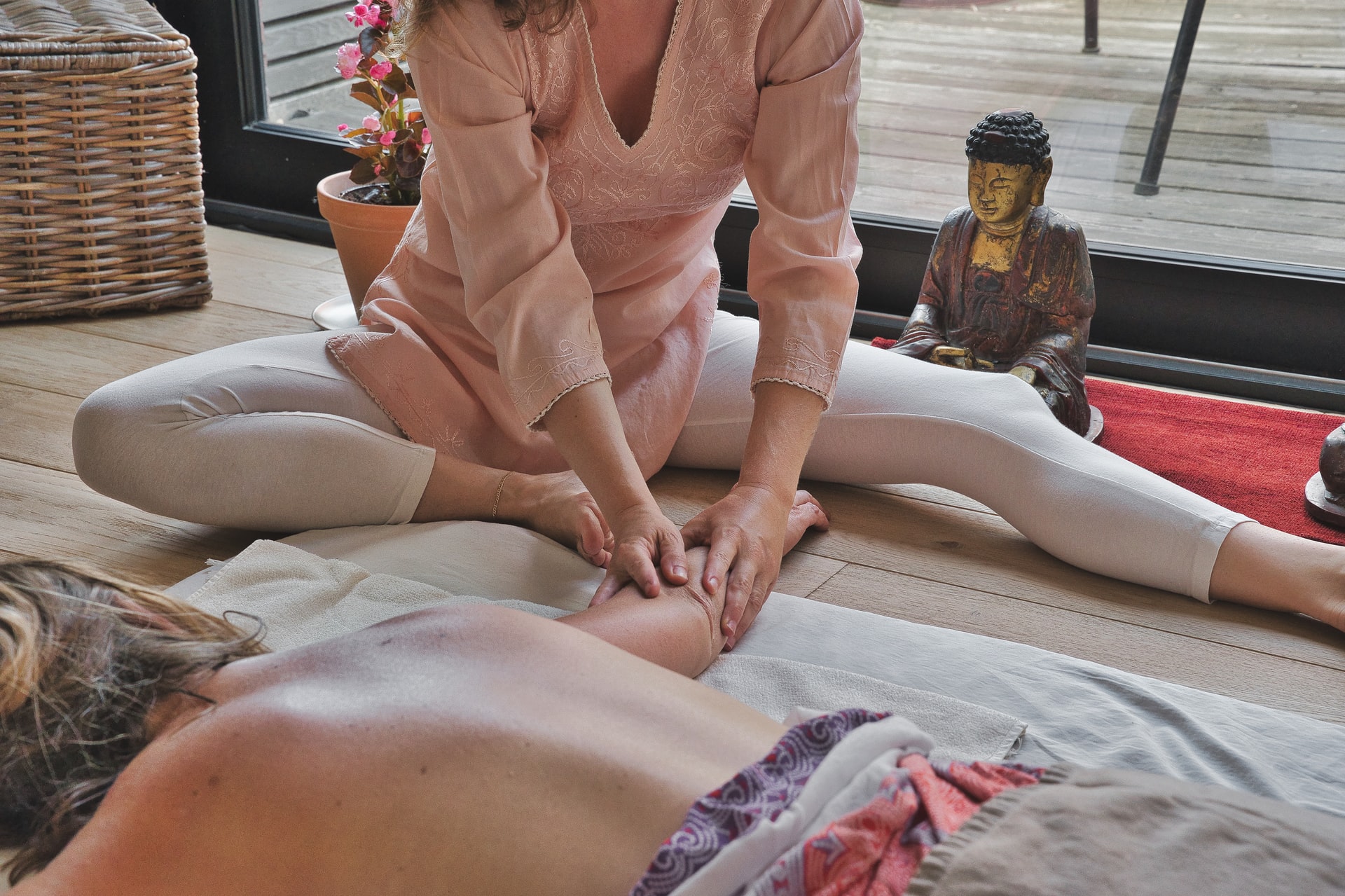The pelvic floor muscles, located at the base of your core, play an important role in supporting the spine, bladder, small intestine, and uterus (in women). But these muscles can become weakened or damaged through childbirth, menopause, obesity, and other factors, resulting in significant health problems. Women are most affected by pelvic floor disorders, which can be painful.
If you suffer from a pelvic floor disorder, you’re not alone. It’s estimated that 25 percent of all women are affected by disorders of the pelvic floor which can cause lack of bladder and/or bowel control and even lead to prolapse (organs sagging out of their normal position). Let’s take a look at the symptoms.
What are the symptoms of pelvic floor disorders?
- Urinary problems (pain, incontinence, frequent urination)
- Chronic lower back pain
- Pain during sexual intercourse
- Constipation
- A bulge or pain in the vagina / rectum
If you’ve been experiencing any of these symptoms, you should make an appointment with your doctor to rule out any other diseases and explore your treatment options. Fortunately, treating pelvic floor dysfunction is possible and usually relatively straightforward. Here’s how it’s done.
Treating pelvic floor disorders
Pelvic floor dysfunction can be treated using both surgical and non-surgical methods, but the vast majority of cases don’t require surgery. Instead, lifestyle changes, strengthening exercises, and medication, or a combination of these methods, can be used.
Lifestyle changes
- Avoid certain liquids. Some drinks are known to stimulate the bladder, such as coffee, alcohol, soft drinks, citrus juices, and drinks with artificial sweeteners. It’s best to limit these since they may trigger the need to urinate frequently.
- Eat fiber. Foods with high amounts of fiber can prevent constipation. Some high-fiber foods include whole grains, fruits, vegetables, beans, and oatmeal.
- Lose weight. Obesity can cause pelvic floor dysfunction by putting pressure on the pelvic floor area, so losing weight can help you regain control of your bladder.
- Self-care. It’s important to avoid stressing the pelvic floor muscles. Various relaxation methods, like warm baths, yoga, and meditation are sometimes used to reduce overall stress and relieve pain.
Exercises
- Biofeedback. This method of training can strengthen the pelvic floor muscles. It’s thought that over 75% of people with pelvic floor disorders can be successfully treated with biofeedback. Essentially, a physical therapist will place sensors on your body to determine muscle activity. This way, you can know which muscles require training.
- Physical therapy. Physical therapy is used in conjunction with biofeedback to improve coordination and strengthen the lower back and pelvic floor.
Medication
- Laxatives. To promote bowel movements and alleviate constipation, medications such as stool softeners can be used.
- Muscle relaxants. To reduce stress and tightening, muscle relaxants such as diazepam (Valium) are often prescribed.
Acupuncture
Acupuncture has been found to be helpful in pelvic floor disorders, especially in relieving pelvic floor muscle pain.

Further treatment
When a patient fails to respond to the treatments mentioned above, other methods can be utilized. One such method is called trigger point injection, which relieves pain by injecting numbing medication into the tense pelvic floor muscles. But this is rarely needed, as patients typically experience symptom relief from the standard treatments detailed above.
Learn More About Pelvic Floor Health
For more information about pelvic floor health, check out Dr. Karyn Eilber’s book “A Woman’s Guide to Her Pelvic Floor: What the F*@# Is Going On Down There?” on Amazon and Doctorpedia
